What's after fluorescent Lightbulbs?
seraphima
17 years ago
Related Stories

LIGHTINGWhat to Know About Switching to LED Lightbulbs
If you’ve been thinking about changing over to LEDs but aren't sure how to do it and which to buy, this story is for you
Full Story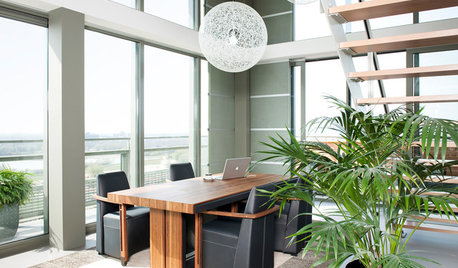
HOUSEPLANTSMeet a Palm That's Fine With Fluorescent Light
Get the look of the tropics without the full-on sun and high humidity — parlor palm tolerates regular indoor conditions with aplomb
Full Story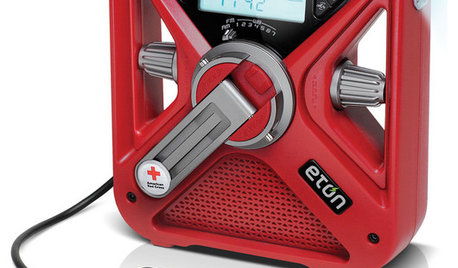
HOME TECH7 Ways to Charge Up and Connect After Disaster
Products and tips for communicating and keeping essential items running till the power's back on
Full Story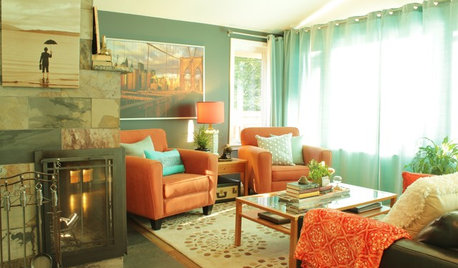
MY HOUZZMy Houzz: A Seattle Bungalow Goes From Flip to Happily-Ever-After Home
Once intended for a quick sale, this 1930s house now bears witness to its remodelers’ love and marriage
Full Story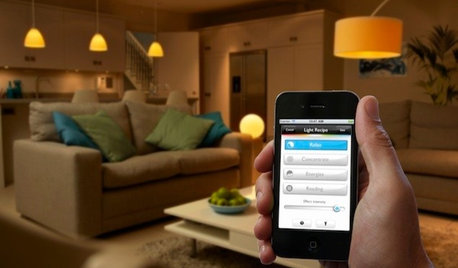
HOME TECHHere's a Bright Idea: Smart Bulbs for Better Lighting
Lightbulbs that can change brightness and color with a cell phone command show flashes of design brilliance
Full Story
FUN HOUZZ10 Things People Really Don’t Want in Their Homes
No love lost over fluorescent lights? No shocker there. But some of these other hated items may surprise you
Full Story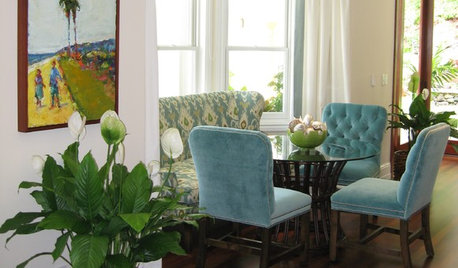
HOUSEPLANTSMeet a Houseplant With Excellent Communication Skills
It droops when thirsty, revives quickly and thrives under fluorescents. You may want to hire this hard worker for both home and office
Full Story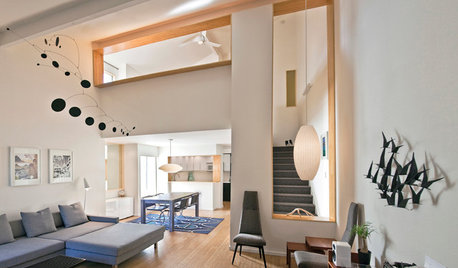
BEFORE AND AFTERSHouzz Tour: A San Diego Townhouse Gets a Bright Update
Savvy shopping and warm bamboo accents help California architects give their home a fresh, high-end feel
Full Story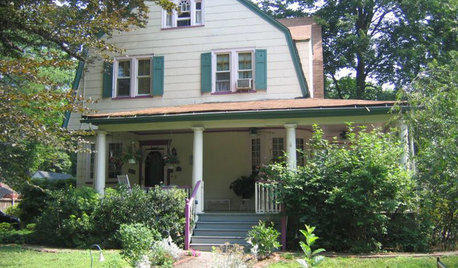
EXTERIORS13 Dramatic Exterior Paint Makeovers by Houzzers
See real-life before and afters of home fronts transformed with paint, in wide-ranging colors and styles
Full Story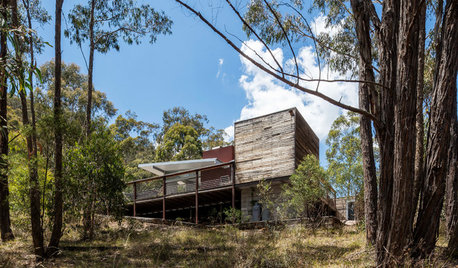
VACATION HOMESHouzz Tour: Rock Climbers Create the Ultimate Mountain Getaway
Two friends build a vacation home in Australia’s Blue Mountains, where they can relax with others after a day of climbing
Full StorySponsored
More Discussions



bpgreen
joel_bc
Related Discussions
$3.49 + tax for a lightbulb
Q
What is wrong with undercabinet Fluorescents?
Q
Best Lightbulbs for bright room from recessed lighting
Q
Fluorescent Undercabinet Light -- Warm Tone
Q
steve_o
dartagnanpluck
aachenelf z5 Mpls
calliope
seraphimaOriginal Author
bry84
gardenlen
mcsierra
vizslalover
trancegemini_wa
macbirch
postum
macbirch
trancegemini_wa
steve_o
aachenelf z5 Mpls
diggerdee zone 6 CT
calliope
bpgreen
steve_o
postum
tsmith2579
seraphimaOriginal Author
steve_o
bry84
aachenelf z5 Mpls
bry84
chaman
skagit_goat_man_